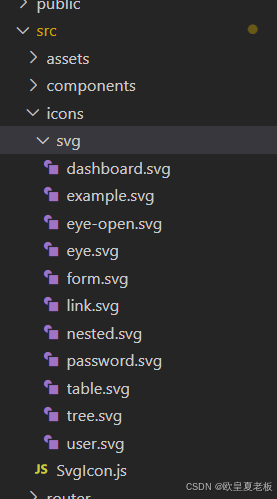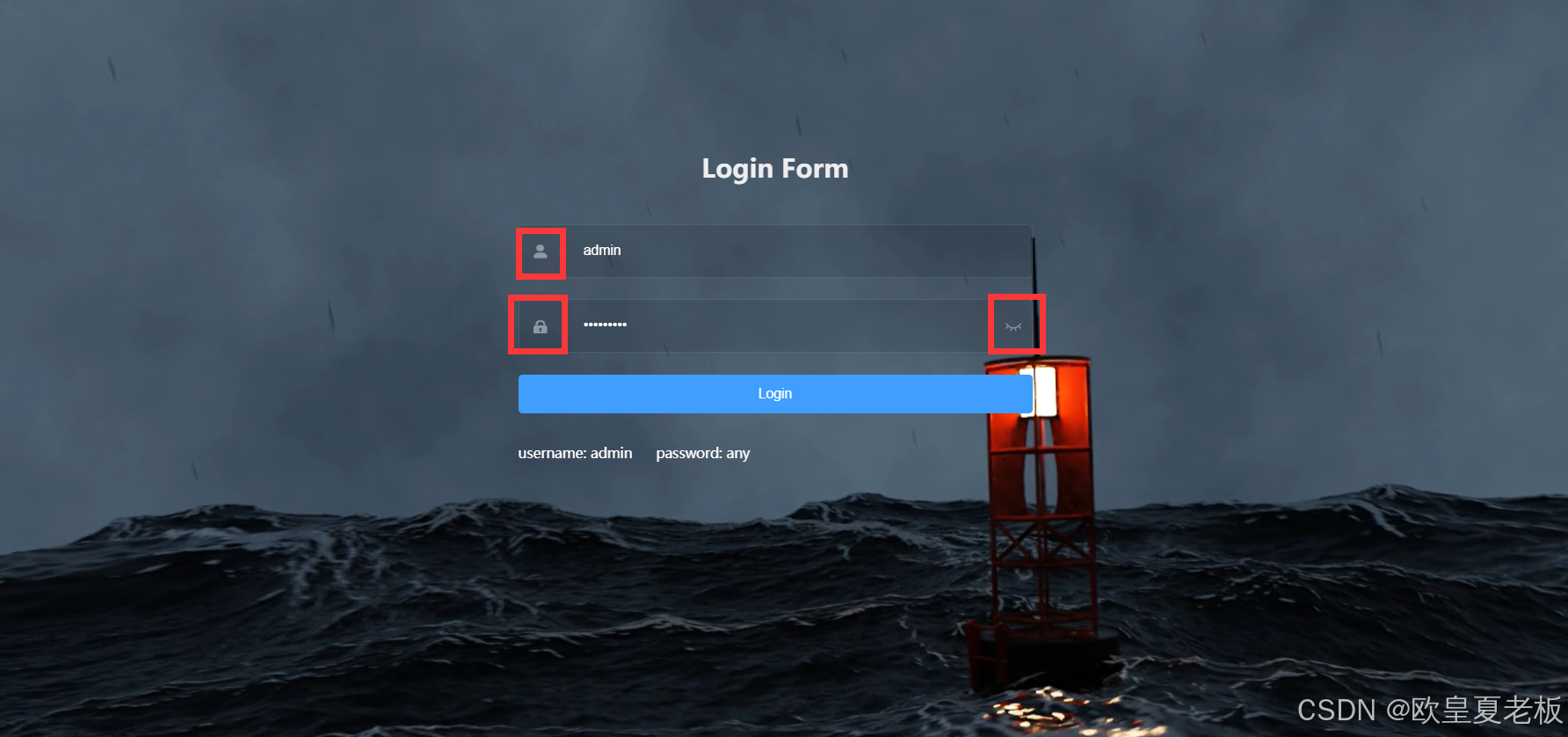阅读量:3
1.npm导包
npm i svg-sprite-loader --save 2.创建目录放入svg文件,创建SvgIcon.js

3.SvgIcon.js
const req = require.context('./svg', false, /\.svg$/) const requireAll = requireContext => requireContext.keys().map(requireContext) requireAll(req) 4.vue.config.js文件中配置
const path = require('path'); module.exports = { chainWebpack(config) { config.module .rule('svg') .exclude.add(path.resolve(__dirname, 'src/icons')) .end() config.module .rule('icons') .test(/\.svg$/) .include.add(path.resolve(__dirname, 'src/icons')) .end() .use('svg-sprite-loader') .loader('svg-sprite-loader') .options({ symbolId: 'icon-[name]' }) .end() } } 5.在src/compoments/SvgIcon下创建SvgIcon.vue
<template> <svg :class="svgClass" aria-hidden="true"> <use :xlink:href="iconName"/> </svg> </template> <script> export default { name: 'SvgIcon', props: { iconClass: { type: String, required: true }, className: { type: String, default: '' } }, computed: { iconName() { return `#icon-${this.iconClass}` }, svgClass() { if (this.className) { return 'svg-icon ' + this.className } else { return 'svg-icon' } }, } } </script> <style scoped> .svg-icon { width: 1em; height: 1em; vertical-align: -0.15em; fill: currentColor; overflow: hidden; } </style> 6.main.js
import './icons/SvgIcon.js' //vue中使用svg import SvgIcon from './components/SvgIcon/SvgIcon.vue'//vue中使用svg Vue.component('svg-icon', SvgIcon)//vue中使用svg 7.使用方法
<template> <div> <svg-icon class-name="xxxx" icon-class="xxxx"/> </div> </template> <script> export default { name: 'test', } </script> <style> .star-icon { font-size: 30px; color: gold; } </style> 8.红框里的就是svg-icon效果

